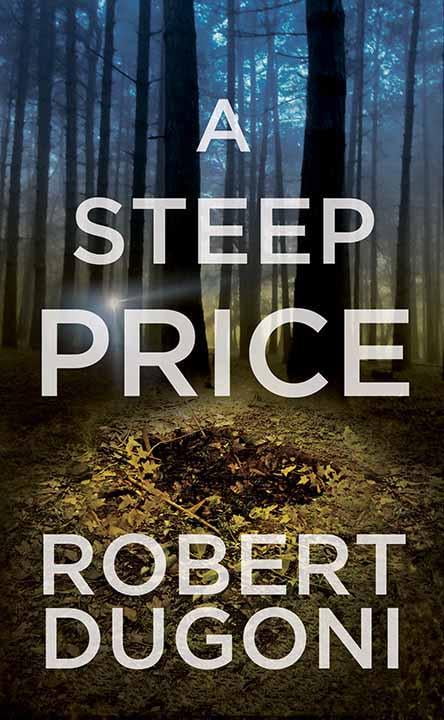

Even worse, a steep price increase like this could drive out a bunch of useful apps that can’t afford the new plan. The videos-each less than two minutes long-could help you improve your video ads and boost your campaign performance.Ĭold take: Your favorite Twitter tools could get expensive. How many tools will survive and thrive with that kind of expense? We’ll see.Īt least there’s a new video course: Twitter launched an 8-episode educational series on “ creating unskippable video ads.” Who can use the thermostat: Elon Musk tweeted earlier that Twitter’s free API has been “ abused badly” and hinted that a new paid plan was in the works.Īccording to leaked documents, the lowest API pricing plan will cost a staggering $42k/month-14 times higher than the previous highest pricing plan. It looks like the app plans to strip away the free access tier and throw on several significant price increases…

Octa-core (4x2.4 GHz Cortex-A73 & 4x1.The news out of Twitter HQ reminds us of our bedroom temperature: too cold one minute, too warm the next. It’s a beautifully designed bit of technology, but not exceptional enough to justify the cost. Barring a significant price drop, therefore, we’d suggest you give the P10 Plus a miss. That phone isn’t far behind in terms of camera quality and storage, and it costs £205 less. Shutterbugs should alternatively consider the Google Pixel or Pixel XL, which offer even better image quality.Įven within Huawei’s own range, the P10 Plus looks expensive next to – for example – the 5.7in Honor 8 Pro. For the £680 asking price, you could get an LG G6 or a Samsung Galaxy S8. The Huawei P10 Plus is a solid phone, with a big screen, strong performance and a great camera. It’s fine: selfies don’t look stunningly rich or detailed, but it’s an improvement over last year’s model. The front-facing camera has been updated too, with an 8-megapixel Leica sensor and an f/1.9 lens. It’s better used for filling in murky backgrounds at mid-range, rather than for low-light close-ups.


The flash can also be a bit overwhelming, leading to flat images with harsh shadows, as below. It’s not quite the best smartphone camera we’ve seen, though: the Google Pixel and Pixel XL manage to deliver slightly sharper images in challenging conditions. They perform well in low light too, thanks to a maximum f/1.8 aperture – up from f/2.2 on the old P9, and on the regular P10. We found these produced excellent images, with good clean detail and strong, natural-looking colour.


 0 kommentar(er)
0 kommentar(er)
